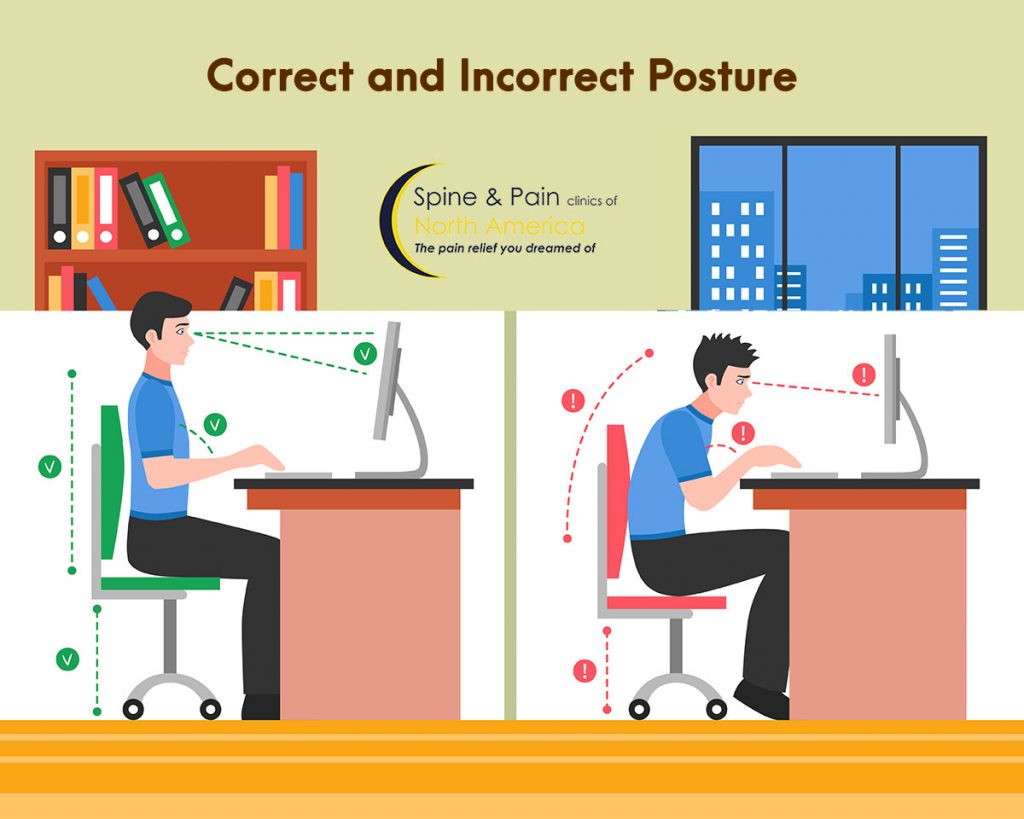Table of Contents
- Traveling Leg Pain
- Traveling with Arthritis
- Tips to Minimize Traveling Leg Pain
- Take Care of Your Body Before Traveling
In 2024, an estimated 24.3% of U.S. adults had chronic pain, and 8.5% had chronic pain that frequently limited life activities. Many people learn to live with pain, and that includes while traveling. People traveling with chronic pain may experience worse pain due to their health condition, in addition to developing leg pain or cramps, tense muscles, and stiff joints.
However, even if you are not experiencing chronic pain, immobility during a trip may lead to leg pain and cramps. Some steps travelers can take to minimize traveling pain include moving around frequently, staying hydrated, and maintaining good posture.
Traveling Leg Pain
Sitting for an extended period on a long-haul air flight or vehicle trip can lead to traveling leg pain. The pain is usually due to the slowing down the flow of blood in the legs. This increases the risk of developing a blood clot or deep vein thromboembolism (DVT). Research has found the highest risk when flights are longer than eight hours. Immobilization for any reason accounts for up to 75% of cases of venous thromboembolism. Also contributing to the increased risk are dehydration, reduced oxygen, and personal factors like obesity or a medical condition.
Sometimes, the leg pain after a long flight or vehicle trip is due to muscle cramping. Muscle cramps are involuntary, painful muscle contractions that are usually short-lived. Some of the causes include the following.
- Dehydration leads to depletion of electrolytes needed for muscle functioning.
- Muscle fatigue from walking through airports, carrying heavy luggage, and not getting enough rest.
- Poor circulation, usually from sitting for long periods.
- Deficiency in essential minerals like magnesium, potassium, and calcium.
- Muscles shorten from prolonged sitting.
The pain may develop in the legs, neck, and lower back after sitting for an extended period. Developing leg cramps at night after flying or sitting in a car or truck for hours is the same reason. In addition to the causes listed for leg pain, some people are more prone to experience these painful, intense muscle spasms for other reasons. For example, tendons naturally become stiff as people age, making muscles more vulnerable to cramping.
Traveling with Arthritis
Similar reasons can lead to pain while traveling with arthritis. Remaining inactive for an extended period can cause poor circulation, which prevents joints from getting enough oxygen and other nutrients. However, there are more triggers for joint pain.
- Prolonged sitting reduces the amount of synovial fluid that lubricates joints like the knees.
- When sitting for hours, the pressure on hip and spine joints causes them to stiffen and become painful.
- Muscles that support the joints may weaken, which increases joint stress.
Tips to Minimize Traveling Leg Pain
Long-distance travel by plane or vehicle requires long periods of sitting, which can cause leg pain. Here are a few tips to avoid traveling leg pain.
1. Move around
While waiting at the airport to board a flight or sitting on the plane, periodically get up and move around as much as possible. On a plane, it may mean standing up at least once per hour throughout the flight and stretching. If able, walk the aisle at times. When traveling by vehicle, take rest stops and walk around. The goal is to engage and stretch your tendons, ligaments, and muscles so they do not tighten.
2. Hydrate
Stay hydrated throughout the trip. Muscles are composed of approximately 76% water. Lack of adequate water causes cell dehydration, which reduces muscle functioning.

3. Stretch
Stretching offers many benefits that may prevent leg pain while traveling. Stretching before, during, and after a trip can increase circulation and oxygen levels to deliver muscle nutrients. It helps keep muscles and tendons flexible and engaged. Staying in a position for an extended period causes muscles to “shut down.” Stretching muscles and tendons also removes metabolic waste, including lactic acid and carbon dioxide, which disrupts muscle functioning.
4. Wear compression socks
Compression socks can improve blood circulation in the legs and reduce the chances of developing DVT.
5. Maintain good posture
Remember to maintain a good posture while sitting to relieve joint pressure. Keeping the spine aligned reduces muscle and tendon pressure.

Take Care of Your Body Before Traveling
Preparing well in advance is one of the best ways to prevent travel pain. Eat a well-balanced diet to ensure the muscles and supporting structures get the nutrients needed to stay supple and flexible. Also, regularly exercise for general wellness. If you are traveling with chronic pain, consult with your doctor to discuss strategies to minimize the existing pain or new pain. By taking control of the risk of developing travel-related pain, you can reduce your risk of developing it.
Sources
- https://www.cdc.gov/nchs/products/databriefs/db518.htm
- https://pmc.ncbi.nlm.nih.gov/articles/PMC7137984/#cesec30
- https://pmc.ncbi.nlm.nih.gov/articles/PMC2100204/
- https://pmc.ncbi.nlm.nih.gov/articles/PMC6723611/
- https://pmc.ncbi.nlm.nih.gov/articles/PMC11125293/
- https://pmc.ncbi.nlm.nih.gov/articles/PMC8092568/
